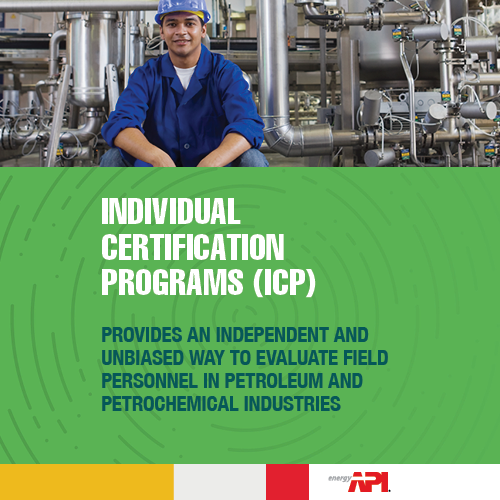Welding Materials
Welding materials refers to any material involved in the welding process (e.g., base metals, filler metals, fluxes, gasses). Each of these materials has a potential impact on the welding procedure specification (WPS) and the weldment mechanical properties. It’s necessary to have an understanding of the conventions used by ASME Section IX to properly review a qualified welding procedure.
P-Number Assignment to Base Metals
P-number assignments are specifications in ASME Section IX that are assigned to specific base metals to simplify the number of welding procedure qualifications. The P-number assignments are based on characteristics of the base metal that are comparable, like mechanical properties. A complete listing of P-number, S-number, and group number assignments are provided in QW/QB-422 of ASME Section IX.
F-Number Assignment to Filler Metals
F-numbers are assigned to electrodes and welding rods to reduce the number of welding procedures and performance qualifications. The groupings are based on the electrode or welding rod’s usability. Welders who qualify with one filler metal are qualified to weld with all filler metals having the same F-number. A complete list of F-numbers for electrodes and welding rods is given in ASME Section IX, Table QW-432.
AWS Classification of Filler Metals
AWS classification numbers identify welding electrodes and rods. AWS classification numbers are specified in ASME Section IIC under their appropriate SFA specification number. Table QW-432 lists the AWS classification numbers and SFA specification numbers included under each F-number.
A-Number
Steel and steel alloy filler metals are also grouped according to their A-number, to minimize the number of welding procedure qualifications. The A-number grouping in ASME Section IX, Table QW-442 is based on the chemical composition of the deposited weld metal.
Filler Metal Selection
Inspector should verify that the selected filler metal is appropriate for the base metal being welded. Below is a list of considerations for the inspector.
| Chemical Composition of Filler Metal Tensile Strength of Filler Metal & Base Metal Dilution of Alloying Elements from Base Metal Hardenability of Filler Metal Susceptibility to Hot Cracking Corrosion Resistance of Filler Metal |
Consumable Storage and Handling
It is important to properly store weld consumables due to the damage that the atmosphere does to some consumables. Certain weld consumables (like SMAW electrodes) need to be stored in warm holding ovens to prevent exposure to moisture. Welding consumable storage and handled guidelines should be in accordance with the consumable manufacturer’s instructions and guidelines and as given in the AWS A5.XX series of filler metal specifications.
















